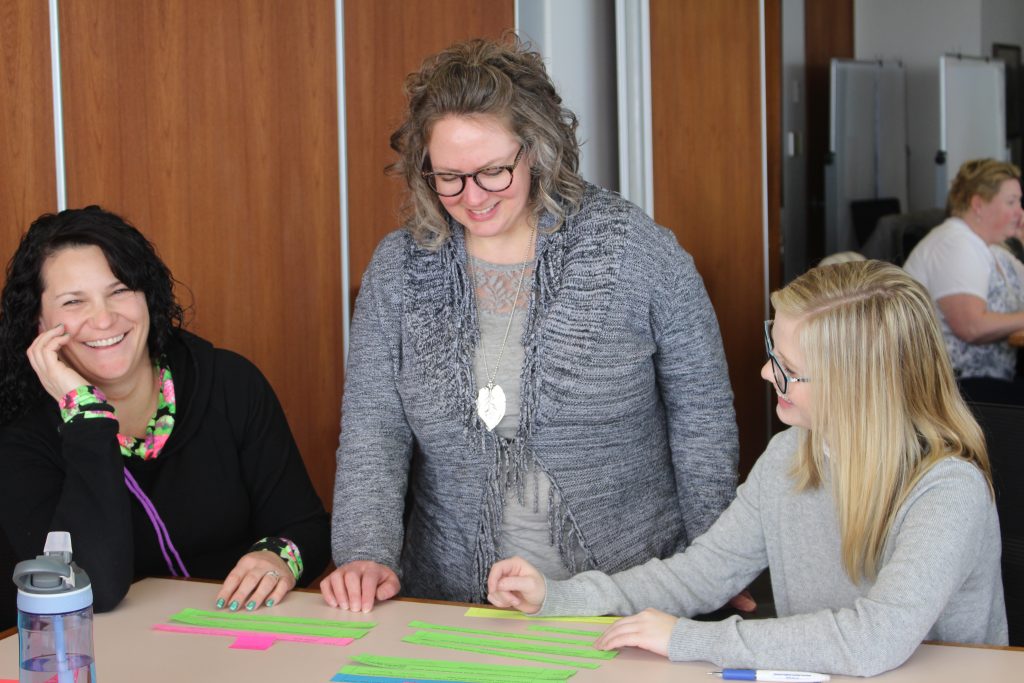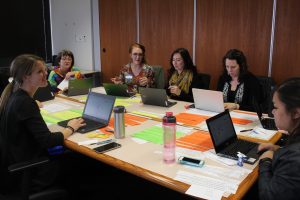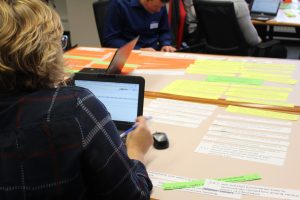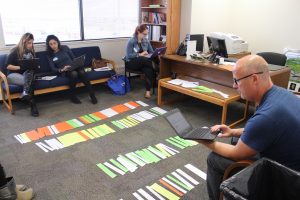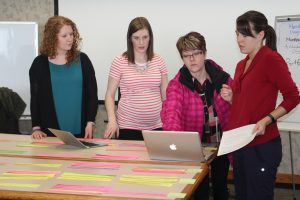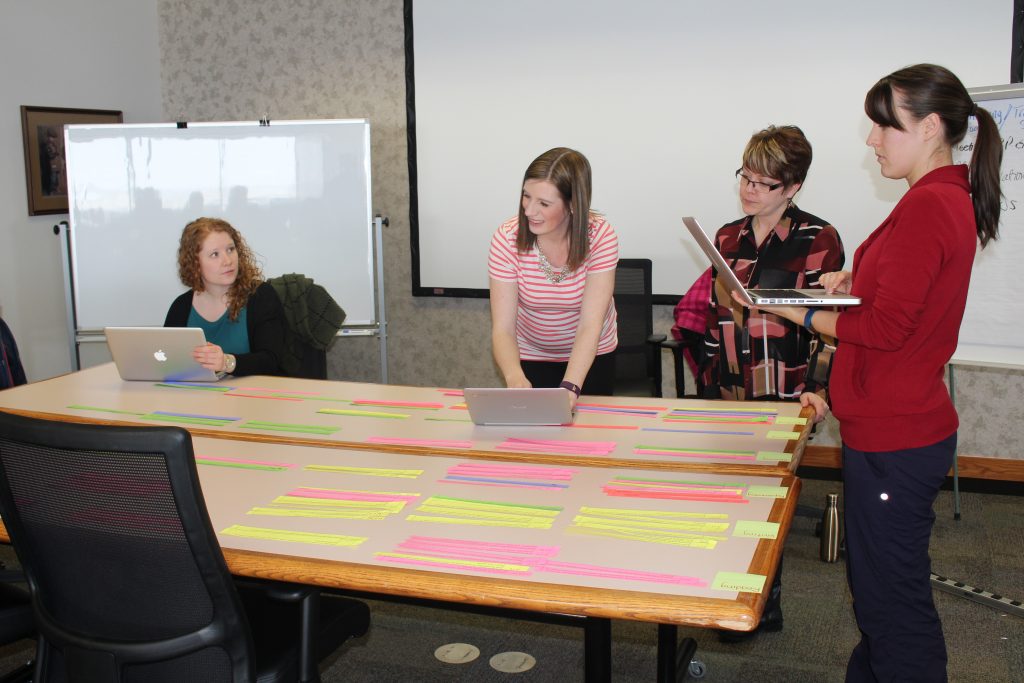This year, Black Gold Regional Division No. 18 will be mapping its way to instructional success in order to further support student achievement. All teachers in Math, Science, Social Studies, English Language Arts and French Language Arts will be working together to develop long range curricular maps that address the logical sequence in which to deliver their subject material and to what depth.
This year’s strategic focus is a direct result of the work engaged in by the Division’s Learning Services department during the 2016/17 school year when Curriculum Mapping was piloted by Grades 1 – 9 teachers in four schools. Due to the positive impact assessed on instructional practices, the pilot was expanded in the same year to include Math, Science, Social Studies, English Language Arts (ELA) and French Language Arts (FLA) teachers ranging from Grades 1 – 12 in nine schools.
“The Division would describe Curriculum Mapping as an educational GPS,” stated Black Gold’s Learning Services Coordinator, Terri Reid. “Like a GPS that tells you how far to drive and in what order to make the turns to get to a destination; a curriculum map will help Black Gold teachers navigate major subject areas. It also allows gives them time to work together to identify promising practices, share resources and discuss good teaching strategies.”
Over the course of the year, all Black Gold Math, Science, Social Studies, English Language Arts (ELA) and French Language Arts (FLA) teachers will be spending Professional Development Days doing this important work. On October 20th, approximately 425 Math and Science Grades K – 9 teachers will be focusing on Curriculum Mapping.
The Curriculum Mapping process consists of 4 Steps:
- Step 1: Teachers will review Program of Study related to a specific subject laid out by Alberta Education. This document helps to give teachers a deeper understanding of the importance of the subject and greater familiarity with the learning outcomes for that subject.
- Step 2: The learning outcomes presented in Alberta Education’s Program of Study are pre-organized onto physical paper. Teachers work in small groups to sort through all the learning outcomes and put them in an order that will best help students learn.
- Step 3: The organization and group activity work is then transferred into a digital format that is easily shared and reviewed.
- Step 4: Based on the digital format, and group work, teachers then begin to share digital resources for teaching the subject matter that are linked to the learning outcomes.

The collaborative theme in the 4 Steps led by the Division is intentional and deliberate. “All our teachers are working towards the same learning standards and outcomes, so why not work together to get to a better place and to generate a greater understanding to help improve student learning?”, stated Terri Reid. “We want teachers to work together to make connections between subject areas and grade levels and to develop a better understanding of their instructional practices and assessments.”
The Division believes Curriculum Mapping will help teachers keep on track of what has been taught, what needs to be, when it needs to be taught, how much time is required, and the best assessment tools to use in order to measure the learning outcomes prescribed by Alberta Education.
Based on the feedback provided by teachers who have gone through a Curriculum Mapping session, teachers are happy to improve on their skill set. This process allows them to review the resources and critically assess the learning plans they have created in order to better meet the needs of their students. In the Division’s evaluation summary last year, one teacher stated that, “The most valuable thing for me was the realization that when focusing on the curriculum, teaching all of the outcomes in a meaningful way can be done. The science curriculum had, up to that point, seemed a large document, impossible to teach the outcomes effectively. But I realized, by looking more closely at the curriculum and by focusing my teaching on [the outcomes] first, it was indeed doable.”
Jacqueline Larson, Curriculum Coach in Learning Services stated that, “We know that the more comfortable teachers are with their curriculum, the more success they will have in meeting all students’ needs.” Curriculum Mapping can help reinforce what needs to be taught and highlight those activities that are not part of the curriculum so they can be eliminated and teachers can best focus on supporting student achievement.
In the months to come, the Division will continue to provide Curriculum Mapping as a skill set to teachers so they may become more effective in helping students learn the curricular outcomes.

